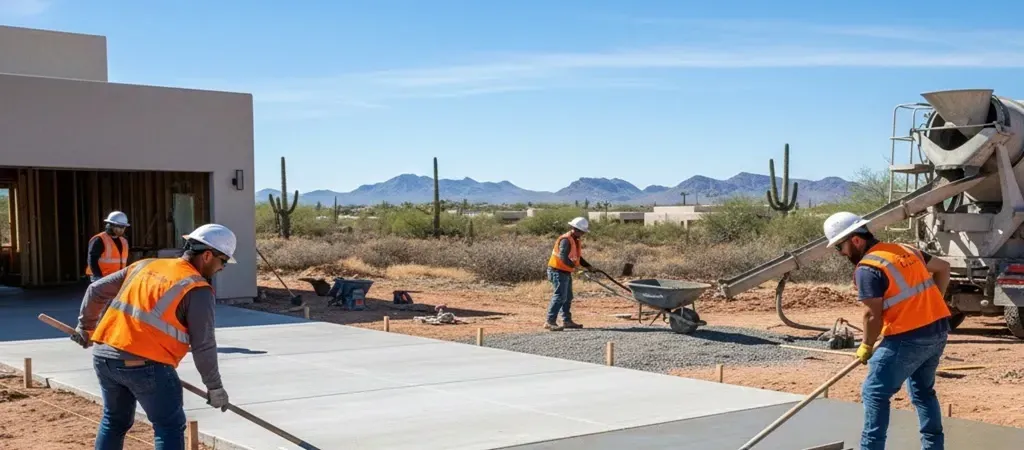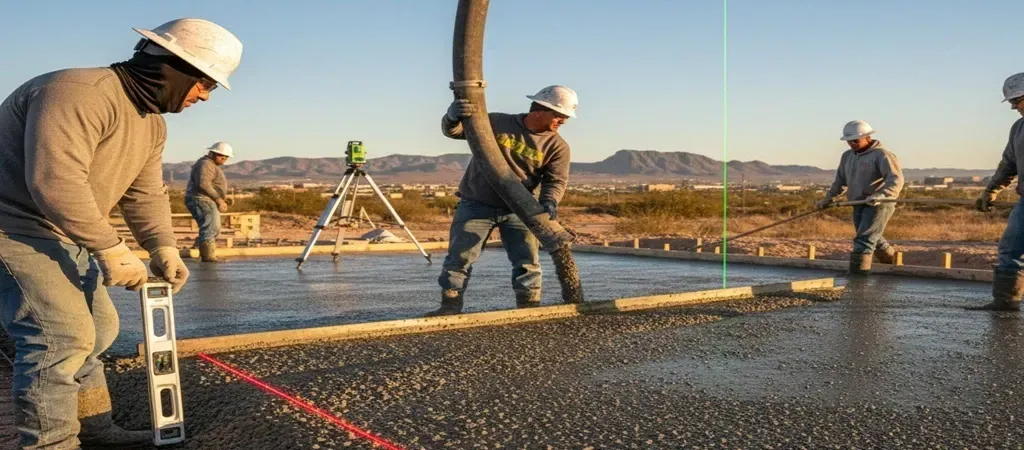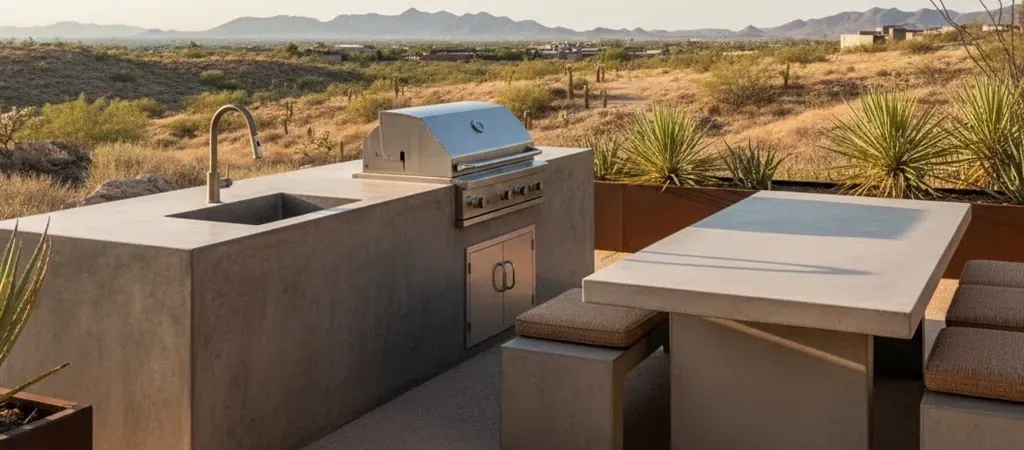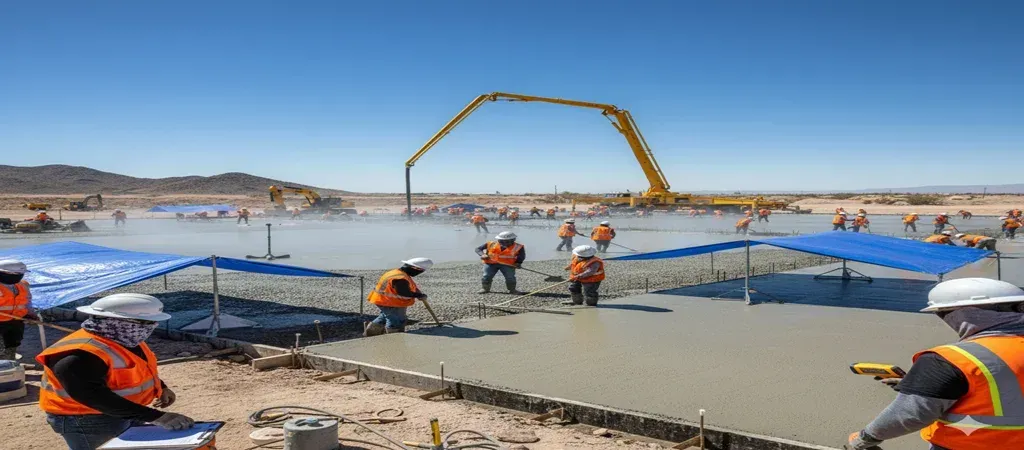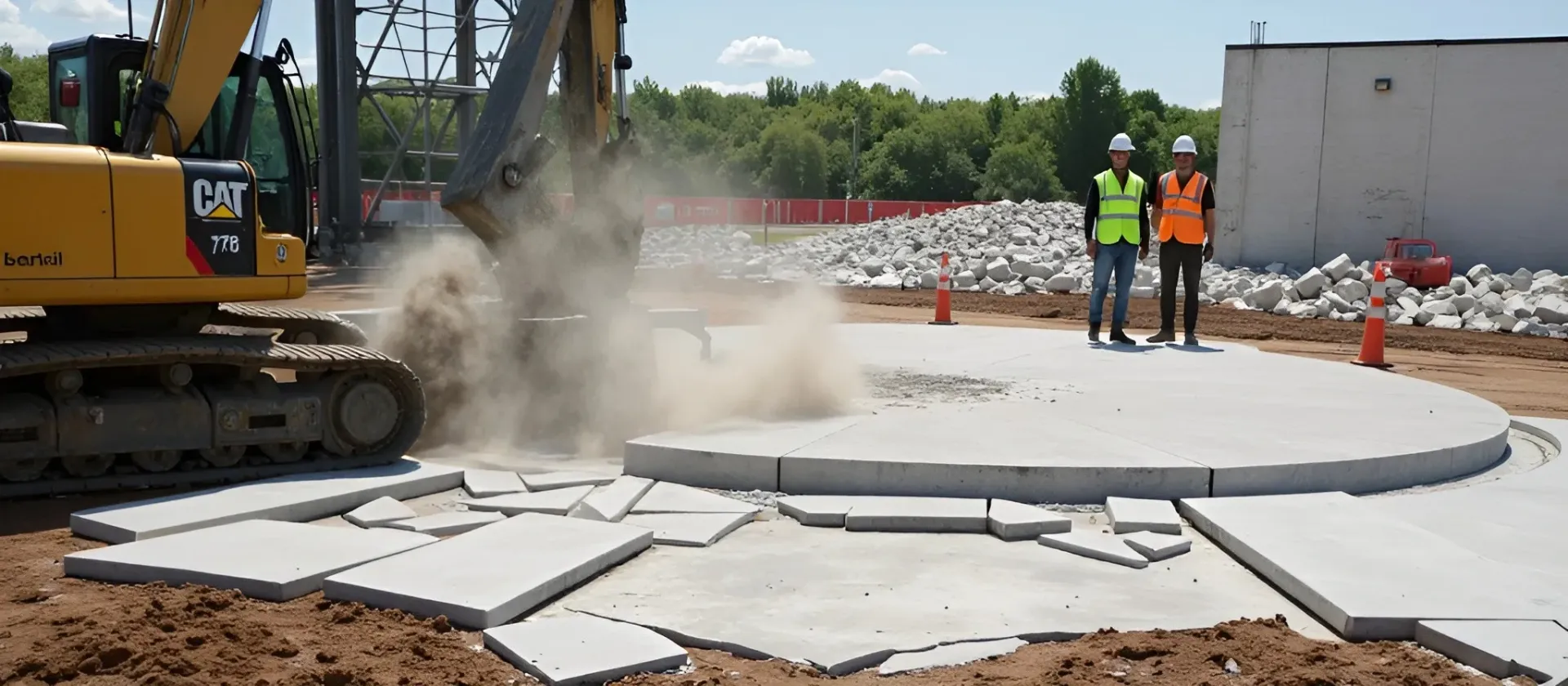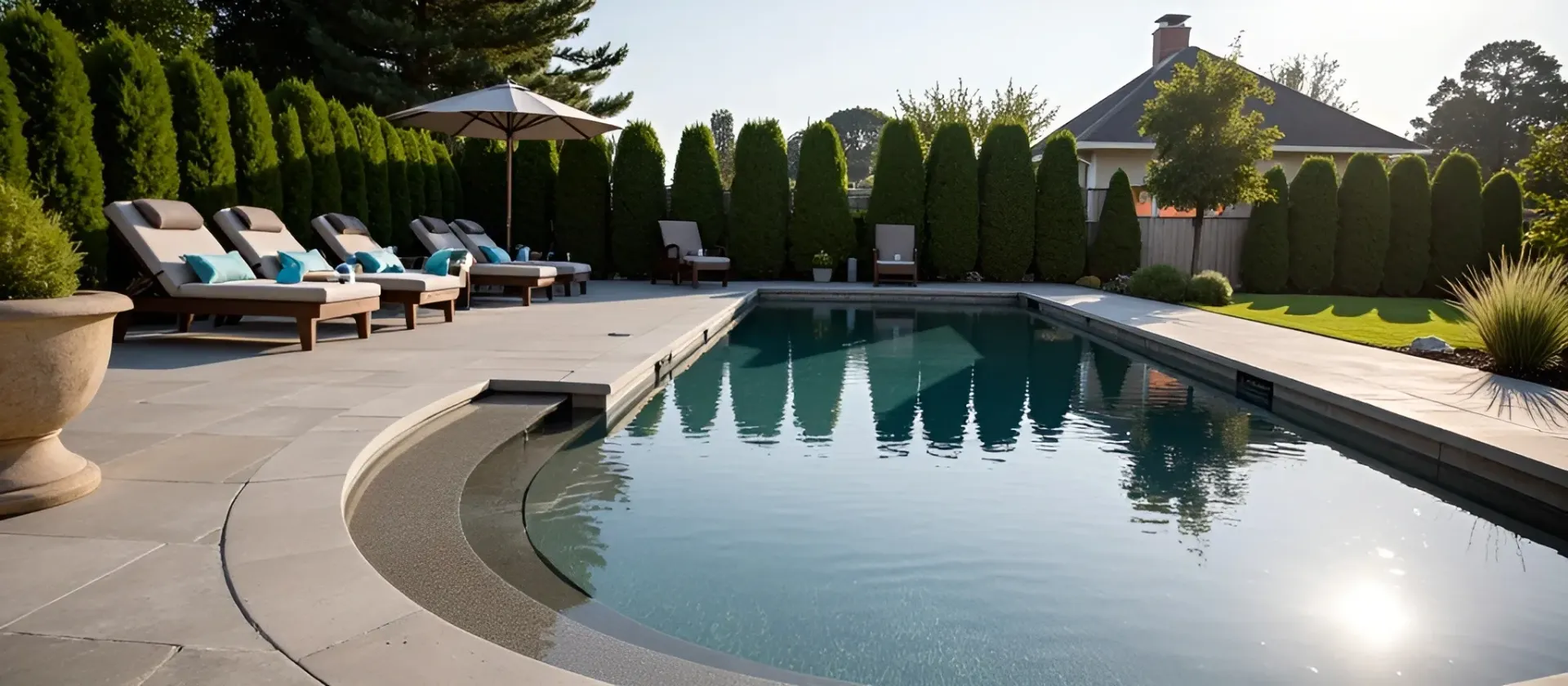El Paso Concrete Contractors' Guide to Standard Concrete Patios
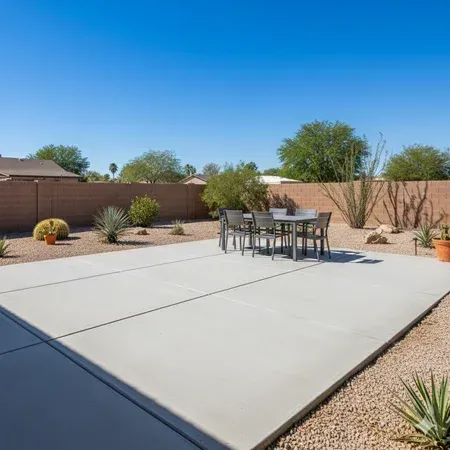
Hey, El Paso! We get it. Outdoor spaces are everything here. All that warm weather and sunshine. Who wouldn’t want a cozy spot outside? But choosing the right patio material? It can feel a little overwhelming. We’ve seen it all.
At El Paso Concrete Contractors, we’ve helped hundreds of folks find the perfect fit for their patio dreams. And, let me tell you, concrete? It often comes out on top. Why? Because it’s strong, low-maintenance, and can match any style you can imagine. Want modern? Got it. Classic? Easy.
This guide from El paso concrete contractors is here to help you understand everything about standard concrete patios. We’ll walk you through the whole process so you can see if it’s the right choice for your home. Let’s get started!
Why Choose Concrete for Your Patio?
Let’s talk concrete. It’s got perks that go way beyond being just practical. Concrete gives you flexibility other materials can’t match. Want your patio to look like natural stone? Easy. Prefer a smooth, sleek, modern vibe? You got it.
The biggest reason people love concrete patios? They’re tough. El Paso’s sun can be brutal, but concrete? It can take the heat. Unlike wood that can warp or splinter. Or pavers that shift around, concrete stays solid. A well-built concrete patio can last up to 30 years. You would barely have to do any upkeep. That means less fixing and more chilling.
And let’s not forget the cost. Concrete is budget-friendly. You get a stylish, long-lasting patio without spending a fortune. Durable, versatile, and affordable. What’s not to love?
Standard Features of a Concrete Patio
Alright, let’s break it down! What’s a standard concrete patio all about?
Size and Shape
First up, size. Concrete patios can be any shape or size you want. But a standard one? It’s usually around 10x10 or 12x12 feet. Big enough for a grill and some comfy chairs. Small enough to fit nicely in your yard without taking over.
Thickness
Next, let’s talk about thickness. For patios, the sweet spot is about 4 inches. That’s just right to keep it strong and sturdy. So, go ahead—set up that big dining table or invite all your friends. It can handle it.
Finishes
Here’s where it gets fun—finishes! You’ve got options. Want a smooth, modern look? No problem. Like a bit of texture to keep things slip-resistant? Go for a broom finish. And if you’re dreaming of a patio that looks like natural stone or brick, try a stamped finish. You’ll get the look without the high cost.
Reinforcement
Last but not least, reinforcement. To keep your patio solid and crack-free, contractors add rebar or steel mesh inside the concrete. This is super important. Especially in places like El Paso, where the ground can shift a bit in the heat and dry weather.
The Installation Process
Wondering how a concrete patio comes to life? It’s easier than you think! Here’s how it is done:
- Site prep: First, the contractor gets the area ready. They level the ground and put down a base layer of gravel or sand. This makes a solid, stable foundation.
- Formwork setup: Next, they set up forms. These are wooden or metal frames that shape the patio. Think of it like a mold for the concrete.
- Reinforcement: Before pouring, they add steel rebar or mesh. This makes the concrete stronger and helps keep it from cracking later on.
- Pouring concrete: Now comes the fun part! The concrete is mixed up. Then poured into the forms. And spread out nice and even.
- Smoothing or texturing: While it’s still wet, they smooth out the surface or add texture, depending on the look you want. Smooth, textured, stamped—you choose!
- Curing time: And then, we wait. In 48 hours, you can walk on it. But for full strength? Give it up to a month. That way, your patio will be solid and ready for anything.
Customizing Your Concrete Patio
Think concrete patios are boring? Think again! They can be super exciting and customized in so many ways.
One popular choice is stamped concrete. What’s that? It’s when the concrete looks like brick, tile, or even wood! Imagine having a patio that looks fancy but doesn’t need all that extra care. It’s like getting the beauty of those materials without the hassle.
You can also make your concrete colorful! By adding pigments to the mix or staining it later, you can create a patio that matches your home. Want a calm, earthy color? You can do that! Prefer something bold and bright? That’s totally possible too!
If you like a bit of texture, check out exposed aggregate. This finish shows off the stones inside the concrete. It gives your patio a unique look that’s super tough and still looks great.
And here’s a fun idea: you can add borders or inlays! These little touches frame your patio. And they make it stand out. So, when it comes to concrete patios, the possibilities are endless. You can make yours truly yours.
Maintenance Tips for Concrete Patios
Concrete patios are easy to take care of. You don’t need to spend all your time cleaning or fixing them. Just a little effort can keep them looking awesome:
- Seal the surface: First up, seal the surface. What does that mean? It means putting a special coating on your patio. This protects it from stains, water damage, and the sun’s rays. It’s like giving your patio a shield! You should do this every few years to keep it safe and sound.
- Regular cleaning: Next, keep it clean. Grab a broom and sweep away dirt and leaves. Doing this often stops grime from building up. For a deeper clean, use a pressure washer every few months. This will make your patio shine like new!
- Monitor for cracks: Finally, watch for cracks. It’s normal for small cracks to happen over time. But don’t ignore it if you spot one. Patch it up early. This way, you can stop it from getting bigger and causing more trouble later.
Cost Factors for a Concrete Patio in El Paso
If you’re in El Paso, you’ll find that it usually costs between $5 and $15 per square foot. That might sound like a big range. But there are reasons for it!
The price can change based on a few things. First, the size of your patio matters. A bigger patio will cost more because there’s more space to cover. Then, there’s the design. If you want something fancy or complex, like patterns or special shapes, that can bump up the price too.
But think about the long-term value. A concrete patio isn’t just a pretty space for now. It can actually boost your home’s resale value.
Choosing the Right El Paso Concrete Contractor
Now is the last important step. Picking the right contractor.
First, make sure your contractor is licensed. That means they’ve got the training. And they have permission to do the work. It’s also super important that they understand the unique challenges of building in El Paso. The weather and ground here can be different. So you want someone who knows how to handle that.
Always ask for references. That means talking to other people who have worked with them. Find out what their experience was like. Check reviews online too! This will give you a good idea of how well the contractor works. If you can, visit some of their completed projects. So you can see their work in person.
Feeling ready to begin your patio journey? Reach out to us at El Paso Concrete Contractors. We’re excited to help you design and build the perfect patio for your home.
